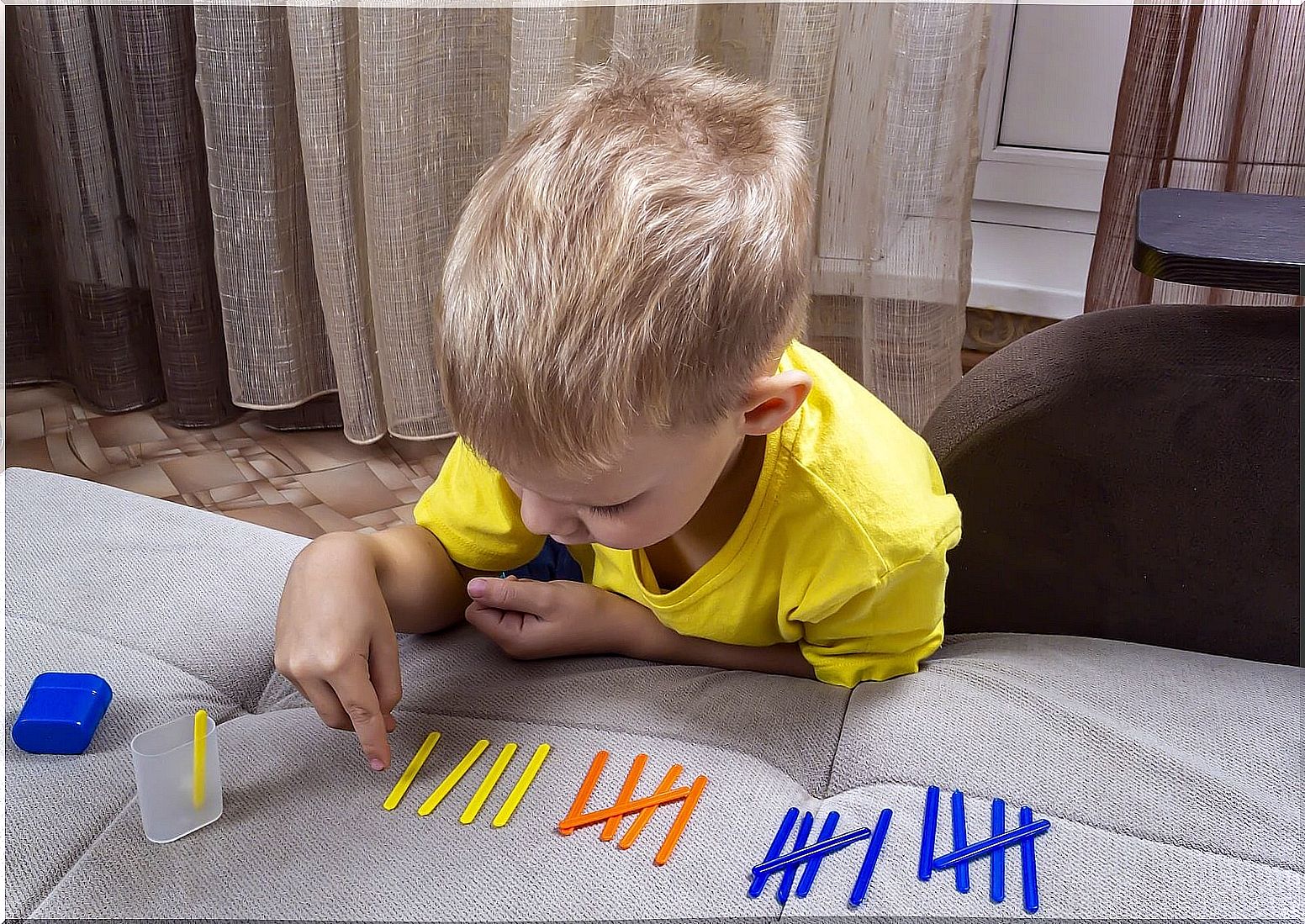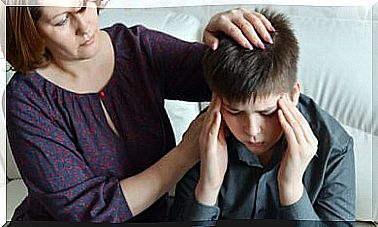5 Requirements For Effective Home Stimulation
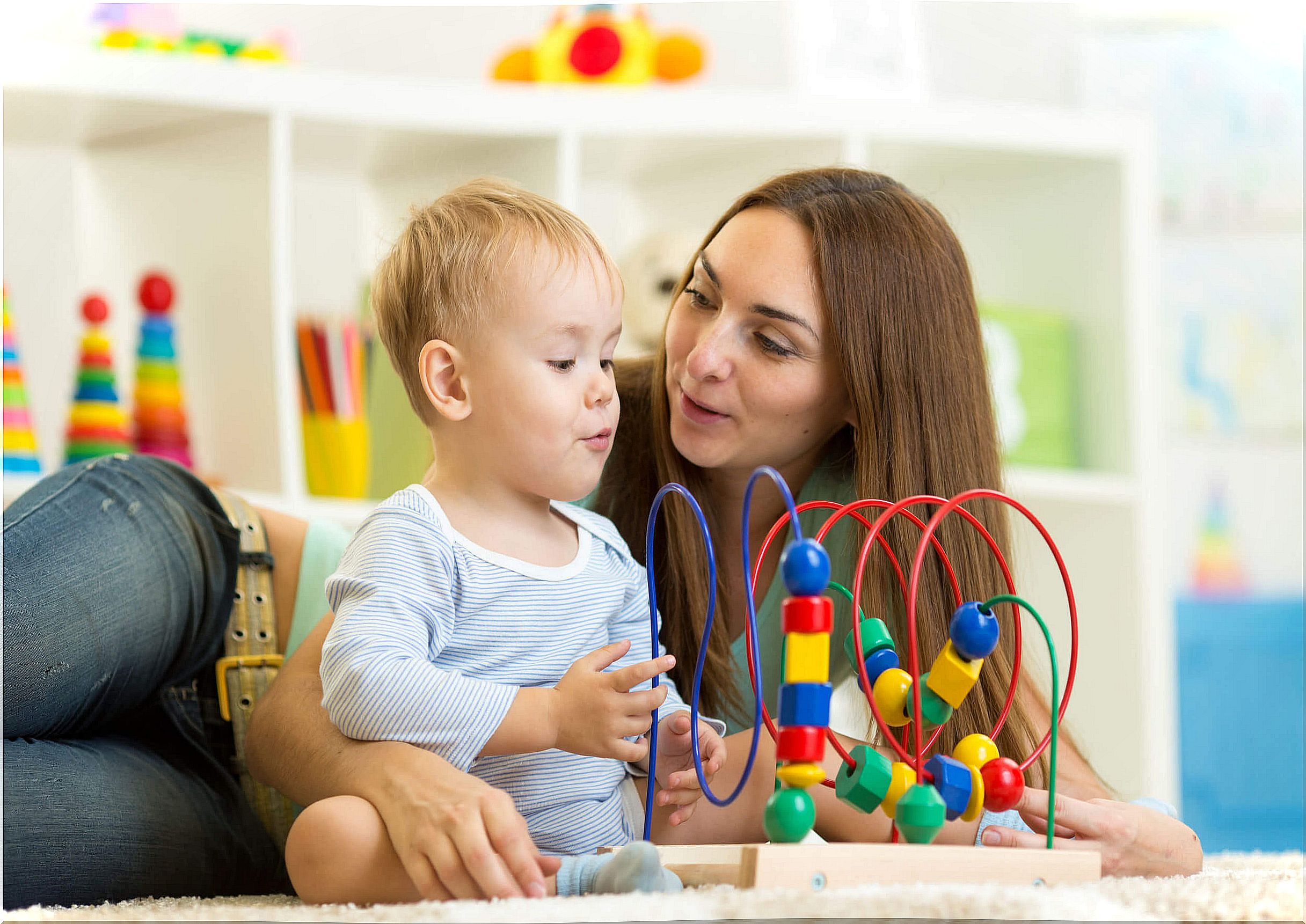
Do you work on stimulation at home with your child? Still, do you feel that this is not progressing? Do you find it difficult to identify the factors that must be taken into account for the stimulation to be effective? We will investigate 5 requirements that must be kept in mind so that stimulation at home is effective and you get the most out of it.
There are many ways to stimulate your child at home: with games, activities, exercises, dynamics … In addition, we can use very diverse material. On the internet or in libraries you will find multiple resources to adapt the activities to the interests of your child, his age and his level of development (evolutionary).
It will be important, above all, to identify the interests of the child in order to motivate him and above all, that he does not feel that he is “working”, but enjoying himself. Take note!
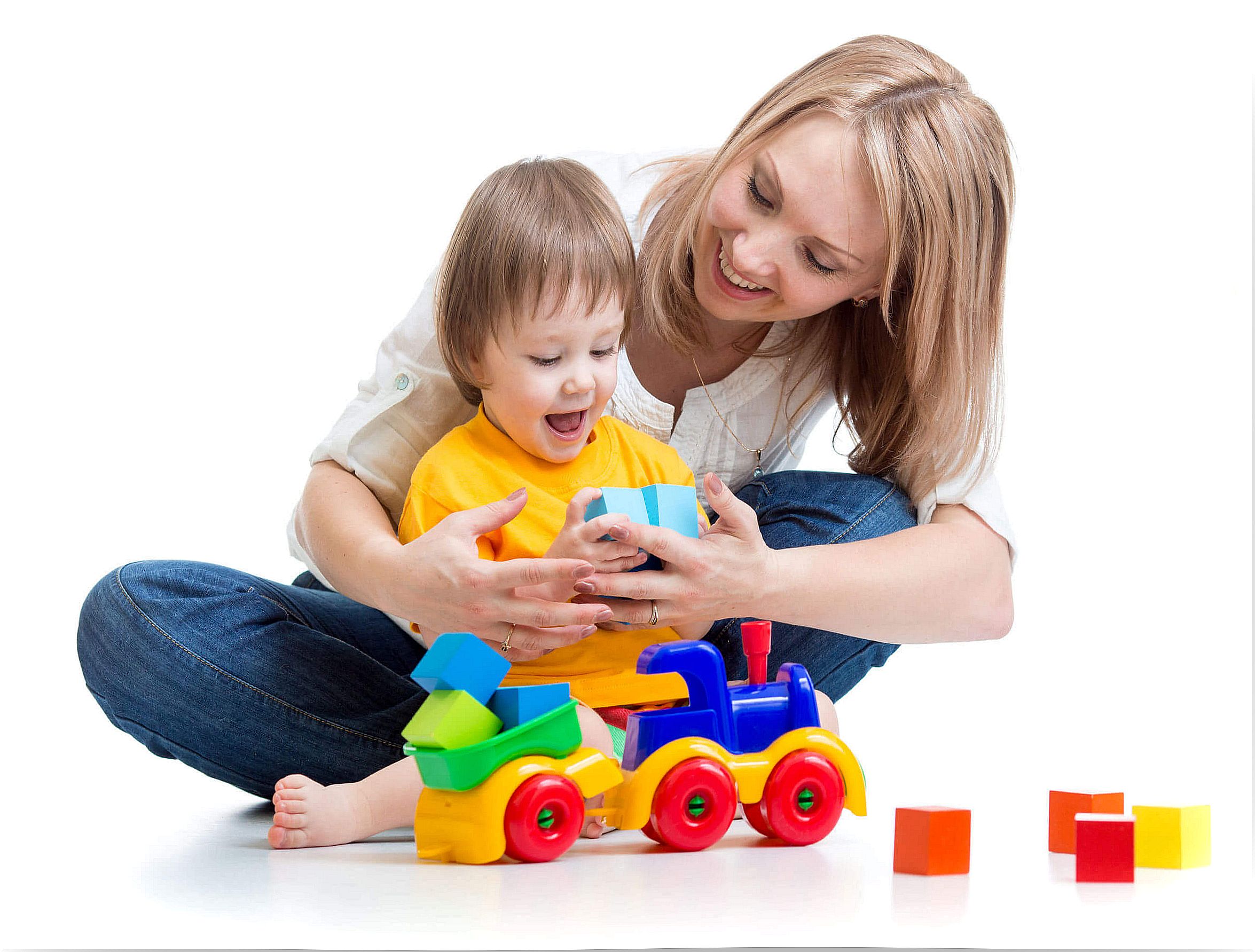
5 requirements for effective home stimulation
Here are 5 requirements that must be taken into account for home stimulation to be effective. They can be applied to stimulation by specific areas (language, autonomy, psychomotor skills, cognitive skills …) or global. A good preliminary design of what we want to work with the little one and how it will also be essential for our task to be the most profitable.
1.- Put patience into practice
It is not always easy to observe results in the development of a child, whether at the level of language, autonomy, etc. Thus, even if you put into practice multiple activities to stimulate their different areas of development, the results may take time to arrive.
But that does not mean that the stimulation is not effective or that it is being wasted. Therefore, the first tip that we give you so that a stimulation at home is effective is that you be patient. To see results, you first have to sow, water, and wait. All this will lead, little by little, to see your little flower grow.
2.- Be constant
Beyond patience, we recommend that you apply another skill: perseverance. Sometimes, we mistakenly believe that trying new activities and games with our child and changing will benefit him. And partly yes (the variety and novelty are very useful!), But you also have to be constant with the exercises so that they can gradually “sink in” on the little one.
So try to be consistent and work the same exercises a minimum of times. And, above all, do not spend many days without working with your child; better a time each day than not many hours one day a week.
3.- Think carefully about the objectives for a good stimulation at home
Before planning or preparing an activity to work on stimulation at home, think carefully about the objectives that this activity has. What am I doing this for? What do I want to stimulate or encourage in my child? In this sense, the objectives must have the following characteristics:
- Be well defined, be clear.
- Be functional, that the child can put them into practice.
- Be specific, for example, instead of learning the colors, that the activity is aimed at learning green and yellow.
4.- Use the game
The Italian psychopedagogue Franceso Tonucci says so: “All the most important lessons in life are done by playing . ” And, for the stimulation at home to be effective, we recommend that you use the game. There are a large number and variety of games that you can adapt to the interests and goals that you pursue with your child. On the internet, for example, you can get many ideas.
Remember that through play the child has fun while learning. In this sense, there are authors who say that, to learn, one must get excited, and what better than the game for it.
In addition, in this way, your child will not feel that he is trying to stimulate a certain area in him or that you are “working” with him, but will simply feel that he is playing and having fun. On the other hand, it is a good time to spend some fun and quality time with your little one.
5.- Observe the small advances
Small advances are very important. In addition, in this sense, it must be remembered that learning, many times, is not an “all or nothing”. Small advances are what allow us to observe, little by little, how a child is growing, learning and developing. Although sometimes these advances go unnoticed, you have to train your gaze to detect them.
Once detected, it is necessary to identify how the stimulation at home has helped to produce this small breakthrough in the child. On the other hand, it will also be important to reinforce any small changes in your child, that is, reward him for him and continue to motivate him to learn.
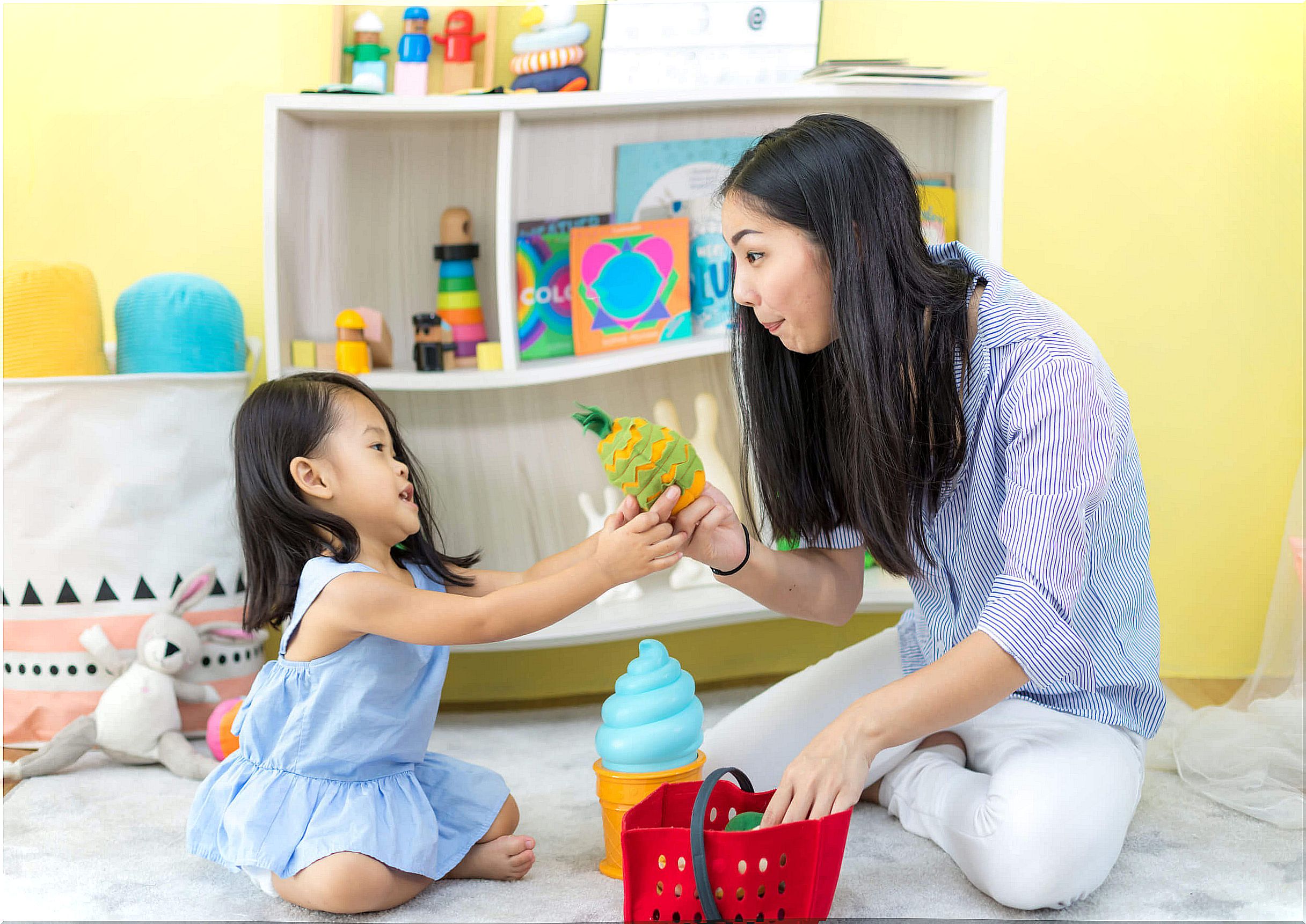
“Children don’t remember what you are trying to teach them. They remember what you are.
-Jim Henson-
You and your child are the most important thing in stimulation at home
Do you think these little tips can help you ? You can start by applying them in the next stimulation session at home, but, above all, think that your child’s development will be the one that determines the acquisition times of each of the learnings. Don’t try to get ahead of them; work them little by little according to their level of development.
And, above all, do not forget that, beyond the activity itself, what matters is how you relate to your child, since you are the most important figure in his life, his point of reference that serves as a model.
